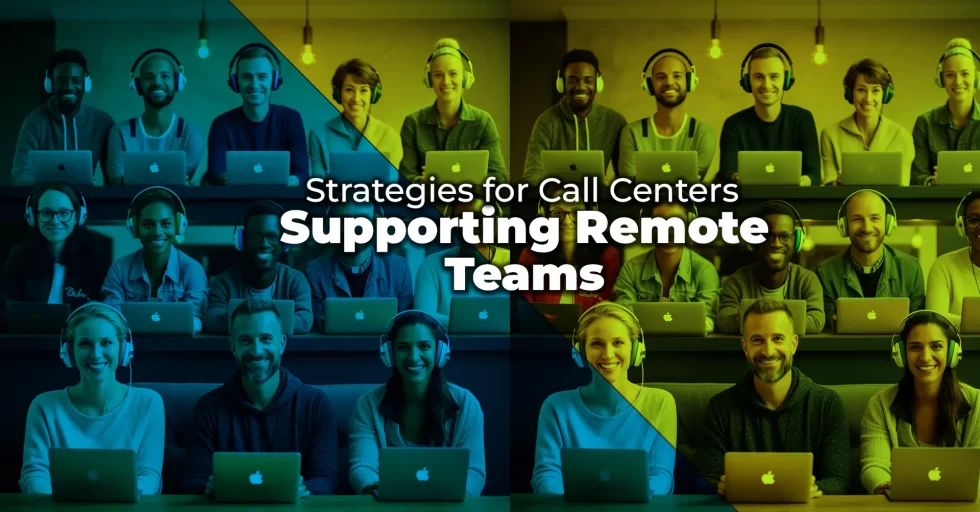Outsourcing has become an integral part of the global business landscape, offering companies the opportunity to tap into diverse skill sets and cost-effective solutions. When it comes to offshore outsourcing, two key players stand out: the Philippines and India.
Understanding the Global Outsourcing Landscape
The Rise of Offshore Outsourcing The practice of offshore outsourcing has witnessed significant growth over the years, with businesses seeking to optimize costs and access specialized talent globally.
Key Players in the Global Outsourcing Market In this competitive arena, the Philippines and India have emerged as leading destinations for offshore outsourcing, each with its unique strengths and advantages.
The Philippines: A Prime Outsourcing Destination
Economic Factors The Philippines boasts a burgeoning economy, providing a favorable environment for outsourcing with cost-effective labor and a stable business landscape.
English Proficiency One of the Philippines’ standout features is its high English proficiency, making communication seamless and reducing language barriers.
Cultural Compatibility Cultural alignment is crucial in outsourcing, and the Philippines’ cultural compatibility with Western countries adds to its appeal.
Time Zone Advantage Operating in a similar time zone to many Western countries, the Philippines ensures real-time collaboration and responsiveness.
India: The Outsourcing Giant
Economic Considerations India has long been a powerhouse in the outsourcing domain, offering a vast pool of skilled professionals at competitive rates.
Tech Hub and Skilled Workforce Known for its technological prowess, India is a hub for IT and software development, attracting businesses seeking top-notch technical expertise.
Cultural Dynamics Navigating India’s cultural nuances is key to successful outsourcing, as it adds a layer of understanding to business relationships.
Time Zone Challenges Despite its merits, India’s significant time zone difference can pose challenges in terms of real-time collaboration with Western clients.
Comparative Analysis: Philippines vs India
Cost Efficiency Both nations offer cost advantages, but the Philippines often provides more affordable solutions for certain services.
Quality of Work While India has a historical reputation for high-quality work, the Philippines has been rapidly catching up, providing excellent output across various domains.
Communication and Collaboration Proximity in time zones gives the Philippines an edge in real-time collaboration, a crucial factor for projects with tight deadlines.
Legal and Regulatory Environment Understanding the legal and regulatory frameworks in both countries is essential for seamless outsourcing operations.
Factors Influencing the Decision
Project Complexity The complexity of the project plays a pivotal role in deciding the outsourcing destination, as certain tasks may be better suited for specific locations.
Specific Industry Requirements Industries have unique demands, and understanding which country aligns better with specific industry needs is crucial for success.
Scalability and Flexibility The ability to scale operations and adapt to changing business environments is a decisive factor in choosing an outsourcing partner.
Risk Management Mitigating risks, whether related to geopolitical factors or unforeseen challenges, is an integral part of the decision-making process.
Case Studies: Successful Outsourcing Stories
Philippines Success Stories Companies that have successfully outsourced to the Philippines share their experiences, highlighting the positive impact on their operations.
Indian Outsourcing Triumphs India’s outsourcing success stories showcase the country’s capability to deliver outstanding results across diverse industries.
Best Practices for Offshore Outsourcing
Strategic Planning A well-thought-out outsourcing strategy, aligned with business goals, is fundamental for success in the global outsourcing landscape.
Effective Communication Channels Establishing clear and efficient communication channels fosters transparency and ensures that both parties are on the same page.
Continuous Evaluation and Adaptation Regularly evaluating outsourcing partnerships and adapting strategies as needed is crucial for long-term success.
Data Security Measures Implementing robust data security measures is non-negotiable, considering the sensitive nature of the information being shared.
Future Trends in Offshore Outsourcing
Emerging Technologies As technology evolves, outsourcing will see an increased reliance on emerging technologies like AI, blockchain, and automation.
Evolving Work Models Flexible work arrangements and hybrid models are likely to become more prevalent in the outsourcing landscape.
Sustainable Outsourcing Sustainability considerations will play a larger role in outsourcing decisions, with companies prioritizing environmentally friendly practices.
Challenges and Mitigation Strategies
Cultural Differences Understanding and appreciating cultural differences is essential, and companies must implement strategies to bridge any gaps.
Communication Barriers Proactive measures, such as regular video conferences and clear documentation, help overcome communication challenges.
Security Concerns Robust cybersecurity protocols and compliance with data protection laws are critical for addressing security concerns.
Political and Economic Instability Assessing the political and economic stability of the chosen outsourcing destination is vital to mitigate potential risks.
Making the Decision for an Offshore Outsourcing Partner: Philippines or India?
Decision-Making Framework A comprehensive decision-making framework that considers all relevant factors is essential for choosing between the Philippines and India.
Customization and Tailoring Tailoring outsourcing strategies to meet specific business needs ensures a more seamless and effective partnership.
Evaluating Long-Term Partnerships Looking beyond short-term gains and evaluating the potential for a long-term, mutually beneficial partnership is crucial.
The Human Factor Recognizing the human aspect in outsourcing, including employee satisfaction and cultural fit, contributes to sustained success.
Success Stories: Companies Thriving with Offshore Outsourcing
Real-Life Experiences in the Philippines Exploring how companies have thrived by outsourcing to the Philippines sheds light on the practical benefits of this partnership.
Indian Outsourcing Triumphs Indian outsourcing success stories highlight the diverse industries where India has played a pivotal role in companies’ success.
The Road Ahead: Trends Shaping the Future of Outsourcing
Remote Work Revolution The global shift towards remote work is influencing how outsourcing partnerships are structured and managed.
Technological Advancements The integration of cutting-edge technologies will redefine the outsourcing landscape, offering new opportunities and challenges.
Evolving Client Expectations As businesses evolve, so do their expectations from outsourcing partners, emphasizing the need for continuous improvement.
Should you Outsource Offshore to India or the Philippines?
In the dynamic world of offshore outsourcing, the choice between the Philippines and India depends on various factors. Both countries offer unique advantages, and businesses must carefully evaluate their needs, project requirements, and long-term goals to make an informed decision.
FAQs: Unveiling Common Queries
- How do I choose between the Philippines and India for outsourcing?
- Assess your project requirements, budget constraints, and the specific advantages each country offers. Consider factors such as time zone compatibility and cultural alignment.
- What are the key factors influencing outsourcing decisions?
- Project complexity, industry requirements, scalability, and risk management are crucial factors influencing outsourcing decisions.
- Are there any potential drawbacks to offshore outsourcing?
- Challenges may include cultural differences, communication barriers, security concerns, and the political and economic stability of the outsourcing destination.
- How can companies overcome cultural differences in outsourcing?
- Proactive measures, such as cultural training programs and fostering an inclusive work environment, can help bridge cultural gaps.
- What role does technology play in the future of outsourcing?
- Technology will play a central role, with emerging technologies, evolving work models, and a focus on sustainable outsourcing shaping the future landscape.





